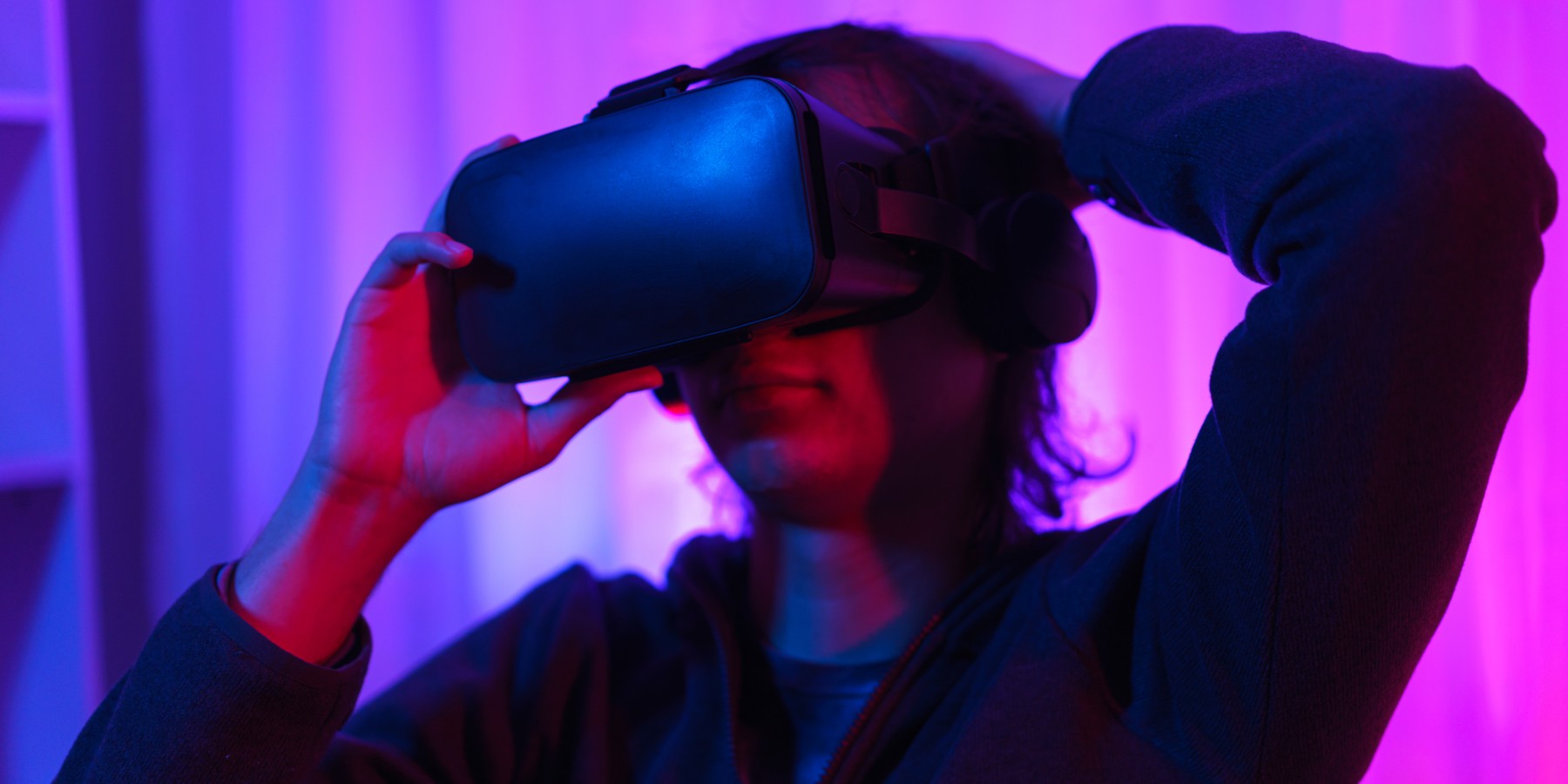What’s metaverse and what’s its relationship to IoT? And why should you care? Let’s break it down in this 2-minute read.
What is the metaverse?
Contrary to what Facebook (now Meta) may have you believe, they don’t own the metaverse. In fact, the concept is more than 20 years old. (Older than Facebook/Meta itself.) The true metaverse is shorthand for a fully virtual environment where you can do everything possible in the physical one, but without ever leaving your home. In practice, what we’re likely to get is more like the rigs depicted on Ready Player One than the Holodeck in Star Trek. But that’s still very alluring to consumers and businesses alike. Being fully virtual, it’s creating a new layer of consumable goods and marketing data insight that brands have never seen before. But the technology is still fledgling and until we have complete haptic environments in our homes, it won’t overtake other forms of consumption (yet).
What does the metaverse have to do with IoT?
The key features that constitute the metaverse are that it’s physical and digital simultaneously; it is always on and in real synchronous time. The users will be able to enter the virtual metaverse with the use of IoT (Internet of Things), AR (Augmented reality), VR (Virtual reality), and emergent technology. And that means that IoT devices will need to collect minute levels of data in absolute real-time. Even a 100ms delay can be perceived by the user when they’re trying to interact with their virtual environment. So, IoT responsiveness and the devices that interpret that data will need to improve even further to support this seamless interactivity.
How can you prepare?
The new virtual world’s market is unbelievably big, and it is not exclusive [to] Metaverse. Other companies like Microsoft, Nvidia, Autodesk, and Qualcomm are investing heavily in this new technology. The experts forecasted that the Metaverse revenues in 2028 will be USD 828.95 billion. And if you want to prepare for what’s to come, you should invest in the technologies that will power the metaverse like blockchain, augmented reality (AR) and virtual reality (VR), 3D reconstruction, artificial intelligence (AI), and the Internet of things (IoT). Consider how well your own infrastructure allows for digital twins of your goods and services. IoT Now reports that successful businesses will be those who ensure digital twins are part of their strategic planning, both to offer new experiences to consumers in the growth of the metaverse and to optimise their own productivity and operations. Optimising for this VR mapping now means your organisation will be ready to compete in the all-digital world of the future.
